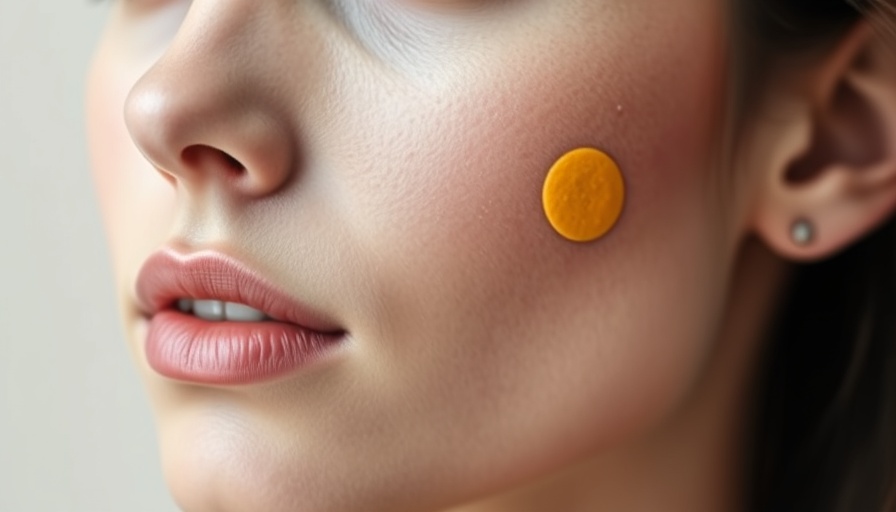
Understanding Skin Discoloration: The Basics
As skincare enthusiasts, we often chase that coveted flawless complexion. However, skin discoloration is a common issue that affects a wide range of individuals, stemming from factors like genetics, sun exposure, hormonal changes, and various skin injuries. The root cause of discoloration often lies in the overproduction of melanin, the pigment that gives skin its color.
Four Main Types of Skin Discoloration
The journey to achieving an even skin tone takes a deeper understanding of the types of discoloration that can affect our skin. Let's explore these four primary types:
1. Melasma: Hormonal Influences at Play
Melasma appears as distinct patches of dark brown or grayish skin, commonly found on the cheeks, forehead, or upper lip. Often attributed to hormonal fluctuations due to pregnancy, birth control, or menopause, this condition can be frustrating to manage. Many people attempt to combat melasma through aggressive exfoliation or chemical treatments, but such methods can further awaken the melanin-producing cells, prolonging discoloration.
Instead, it's crucial to adopt a gentler approach that focuses on soothing skin inflammation—calming rather than overwhelming the skin can lead to more promising results.
2. Post-Inflammatory Hyperpigmentation: Scars from Battle
Post-inflammatory hyperpigmentation (PIH) is another common type of discoloration appearing as small dark spots left in the aftermath of blemishes, cuts, or even bug bites. Preventing these marks begins with effective acne management. Skincare professionals can aid in developing a tailored action plan for treating various breakout types.
When a blemish arises, swift action is needed—target the area with appropriate treatments while avoiding the urge to pick at the skin, which can greatly exacerbate discoloration.
3. Sun Damage: Protecting Your Skin
Sun exposure is notorious for causing skin discoloration, leading to conditions like solar lentigines, commonly known as age spots. These dark patches primarily form on areas exposed to the sun over time. Adopting a consistent sunscreen routine is critical to prevent further damage and maintain an even complexion. Alongside sunscreen, incorporating topical antioxidants can bolster the skin's defenses against UV-induced damage.
4. Freckles: Nature's Beauty Marks
Freckles are charming, tiny spots that often appear in individuals with lighter skin tones. While they're genetically determined and exacerbated by sun exposure, they’re generally harmless and can even enhance one’s features. If freckles are something you want to minimize, consider using fading creams or limiting sun exposure through protective clothing and hats.
Practical Tips for Achieving Even Skin Tone
Here are some practical insights that can help you in transforming skin discoloration into a more even-toned complexion:
- Sun Protection is Key: Incorporate a broad-spectrum sunscreen into your daily routine, even when it’s cloudy, to shield against harmful UV rays.
- Focus on Gentle Exfoliation: Use mild exfoliating agents to avoid irritating the skin while promoting cellular turnover.
- Incorporate Soothing Ingredients: Products containing niacinamide, vitamin C, or licorice root can help brighten dark spots and improve overall skin tone.
- Consult a Skincare Professional: Tailored advice from experts can provide you with actionable plans based on your unique skin type.
Take Action Toward Radiant Skin
The quest for flawless skin does not have to be stressful. By understanding the various types of skin discoloration and embracing gentle, targeted treatments, you can eventually enjoy a more radiant complexion. Explore products that align with your specific needs, be patient, and remember—every little step counts towards the skin of your dreams.
Ready to embrace your skin's journey? Join a community of skincare lovers and exchange tips, techniques, and experiences that elevate your routine. Let’s work together to reveal that beautiful glow within!
 Add Row
Add Row  Add
Add 



Write A Comment